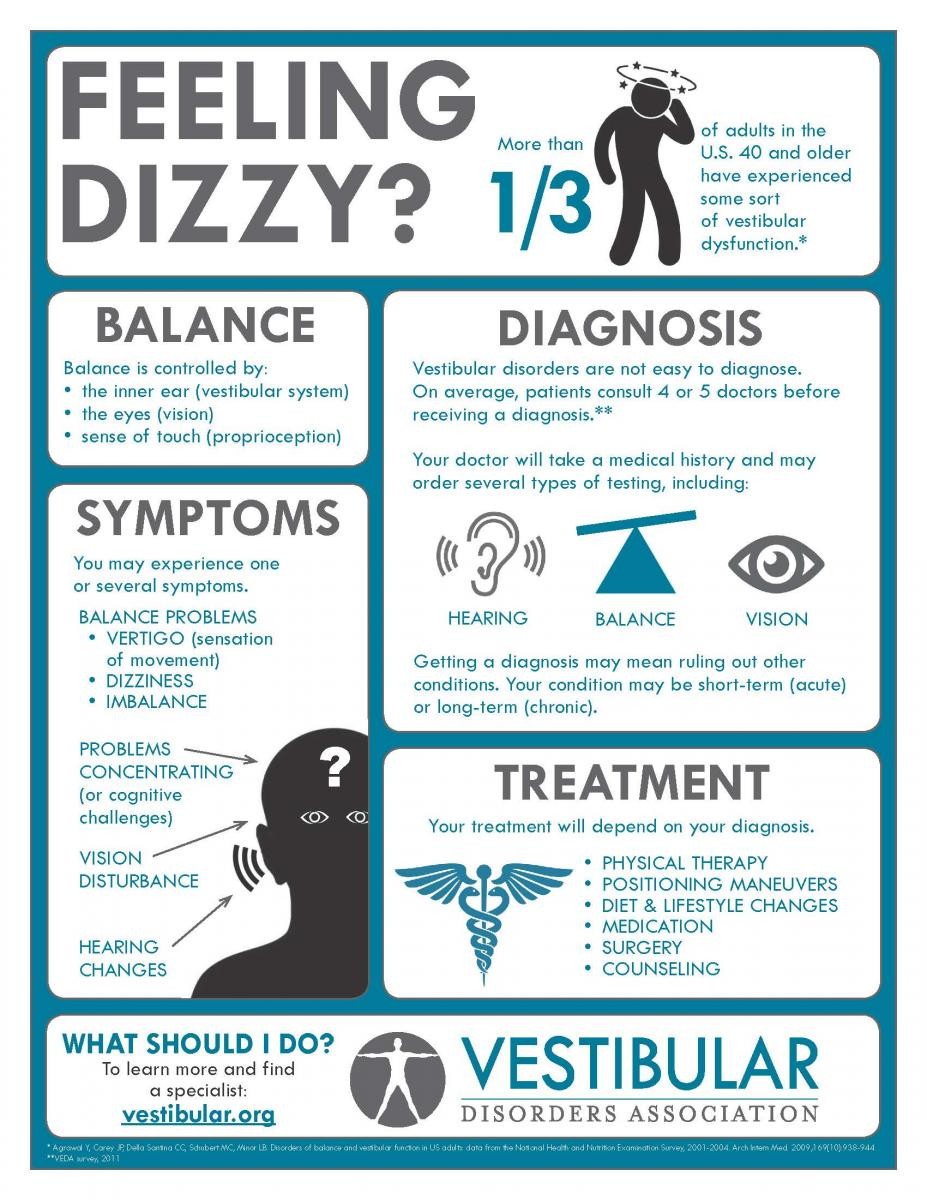
Contents
- 1 What Causes Vestibular Ocular Reflex Dysfunction?
What Causes Vestibular Ocular Reflex Dysfunction?
Vestibular ocular reflex (VOR) is caused by multiple sclerosis, brain stem ischemia, Whipple’s disease, sickness, viral infections, antibiotics, and head injuries.
Vestibular ocular reflex, also referred to as VOR, is a vestibular abnormality that can cause vision problems because the vestibular and visual systems collaborate to stabilize vision. VOR refers to the “ear to eye” link.
VOR dysfunction is caused by:
- Multiple sclerosis
- Brain stem ischemia
- Whipple’s disease
- Sickness
- Viral infection
- High doses of some antibiotics
- Degradation of the inner ear’s balancing function
- A head injury such as concussions, brain trauma, or whiplash
- Other unexplained causes
This condition causes symptoms that affect everyday life.
What is vestibular ocular reflex?
The vestibulo-ocular reflex (VOR) generates eye movements that maintain gaze during head movements by using information from the vestibular labyrinth of the inner ear. Without VOR, it’s hard to read signs or identify people while walking along the street.
Inaccurate VOR may cause the visual picture to shift about the photoreceptor cells in the eye, resulting in image blur. VOR responds to rotation and translation by using data from inner ear receptors.
VOR can properly steady the eyes during rotation even at different speeds and frequencies above 20 Hz. The VOR pathway’s short length and reliance on primarily vestibular sensory input contribute to this ability.
What are the symptoms of vestibular ocular reflex dysfunction?
Symptoms caused by vestibular ocular reflex disorder include:
- Dizziness
- Trouble balancing
- Spatial disorientation (difficulty determining body position, motion, and altitude relative to the ground)
- Vertigo (spinning sensation)
- Nausea and vomiting
- Barotrauma (increased pressure within the ear)
- Hearing changes
- Tinnitus (ringing in the ear)
- Blurring of vision
- Cognitive and psychological changes
- Concentration issues
- Memory loss
How is vestibular ocular disorder diagnosed?
Vestibular ocular disorder causes symptoms that may be consistent with other vestibular disorders. Your doctor may perform different tests to determine the diagnosis of the vestibulo-ocular reflex (VOR), including:
Head impulse test (HIT)
HIT is specific in distinguishing peripheral vestibular lesions (inner ear or vestibular nerve) on the affected side.
- The examiner instructs the individual to focus on an object while they spin the individual’s head.
- The individual’s head should be rotated slightly past the midline (15° to 20°), and the head should be quickly moved to the other side.
- The usual response is to keep one’s gaze fixed on the object. A deficient VOR causes the eyes to move away from the objective and then return to the target. This response suggests a VOR deficiency on the head turn side.
- Movements should be minimal, with the head not moving far to the left or right, and the direction of movement should be unexpected.
- If the individual has a unilateral loss, the abnormal HIT outcome will be toward the lesion’s side.
- If the individual has a bilateral loss, the head thrusts in both directions.
Abnormal HIT helps differentiate between central and peripheral vertigo.
Rotational chair testing
Rotational chair testing determines whether a balance impairment is caused by the inner ear or neurological system.
- When a person turns their head, the vestibular system continually sends impulses to the brain, updating it on the head’s position. These impulses result in eye movements in the opposite direction. Rotational chair testing is based on this phenomenon and is included in comprehensive balance testing labs.
- Rotational chair testing is highly useful in diagnosing bilateral vestibular function loss (no function in both ears) or cerebellar ocular motor disorders. Recent research has effectively identified many people with neurological issues or VOR using this testing.
How to treat vestibular ocular disorder
There is no cure for vestibular ocular disorder, but symptoms can be managed with medications and exercises.
The aim is to treat the cause and provide supportive treatment to alleviate symptoms. Causes such as infections, multiple sclerosis, nerve degradation, and trauma are treated as follows:
- Anti-inflammatories
- Immunosuppressants
- Physiotherapy
- Over-the-counter painkillers
- Vestibular ocular reflex exercises/gaze stabilization exercises
Surgery may be needed if medications are ineffective or not suitable.
- Rehabilitation:
- Vestibular rehabilitation or balance retraining treatment can benefit those with vestibular balance problems, allowing them to navigate daily life without incidents.
- Rehabilitation professionals teach individuals how to deal with dizziness in everyday situations.
Exercises to recalibrate vestibular ocular reflex dysfunction
Simple exercises can help the eye, inner ear, and brain recalibrate after an injury to the inner ear.
Follow these steps to perform the exercise:
- Sit facing a blank wall and extend your thumb straight in front of you.
- You can place an X symbol on the wall at approximately one meter.
- Keep your gaze locked on your thumb or the X on the wall throughout the exercise.
- Turn your head to the right and then to the left.
- Alternate turning your head from left to right in a rhythmic pattern.
- The left-to-right turn should take about one second.
- The movement of your head from side to side should be effortless.
- The goal of the exercise is to turn your head while keeping your gaze fixated on one location, such as your thumb or an X on the wall.
Perform this exercise for one to two minutes, three to four times each day for one to two weeks. In most cases, improvements will be noticeable within a week.
- You may experience dizziness while performing this exercise, but it’s important to repeat the activity.
- You may feel sick or dizzy immediately after completing this activity. This does not mean you are performing the exercises incorrectly. Nausea is the body’s reaction to inner ear failure, and the brain will strive to adjust, aiding in healing.
- If you feel unwell for more than 30 minutes following the workout, slow down the speed of your head motions or turn your head less.
- If you do not feel dizzy after the exercise, you can perform it faster or try other similar exercises.
- If your neck is too stiff to move alone, move your head along with your shoulders.
Once you are familiar with the above exercise, you can move on to more advanced exercises, such as:
- If you were able to complete the exercise without feeling dizzy, increase the speed of your head movements.
- If you can comfortably perform the exercise while sitting, try it while standing or walking.
- Place your X or thumb against a busy background instead of a blank wall.
- Turn your head to the left while moving your thumb to the right, and vice versa.
- Begin by sitting and then progress to standing or walking (with or without a busy visual background). If you can do all of them, you are doing well, as most people with regular inner ear problems would struggle with these exercises.
- Instead of moving your head from side to side, move it up and down (nodding).
If you can perform all of the above, you are doing extremely well.


